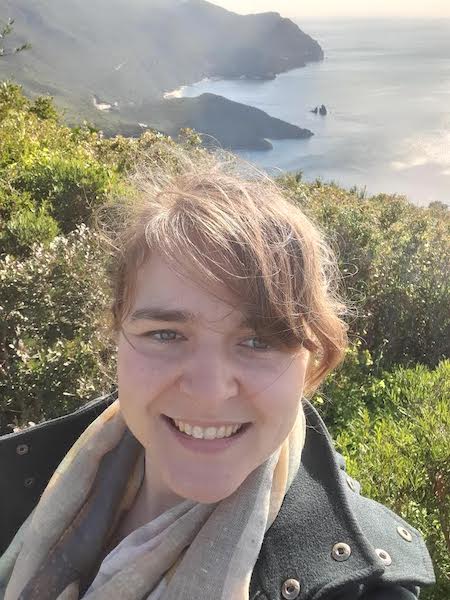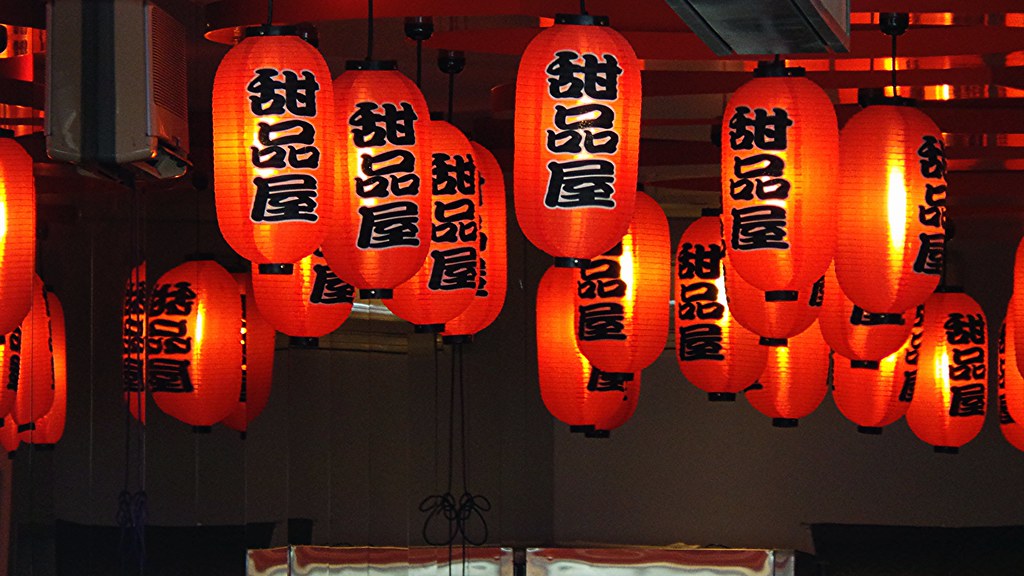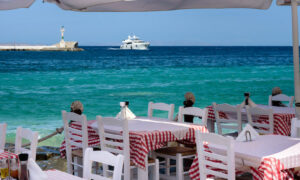The taste of Lisbon – a deliciously evocative phrase, famously conjuring up mouthwatering visions of Bacalhau and Pastel de Nata. But Lisbon has other, more adventurous pleasures, hidden culinary gems: the so-called “chinês clandestino,” the “clandestine Chinese” restaurants.
Come nightfall, make your way to the square at Martim Moniz and brace yourself for the intrepid journey that lies ahead of you. To find these restaurants, you will have to make your way through Mouraria, a part of town that is populated by a vibrant mix of immigrants, where phone shops lie next to small supermarkets, souvenir shops and small restaurants.
Always be on the lookout for Chinese lanterns outside the windows of ordinary, sometimes slightly run-down apartment buildings, as they are often the only sign announcing the presence of a Chinese restaurant awaiting you with its wonders.

To find some of them, you will have to leave the beaten track and sneak into half-lit alleyways, where you might still catch a glimpse of a fat rat disappearing in fear of the sound of your approaching steps. Once you are standing in front of this building with Chinese lanterns swaying in the evening breeze, don’t hesitate to ring the bell, open the buzzing door, climb up the creaking stairs, led by alluring smells until you find yourself in front of an apartment door from behind which it seems to originate.
Most likely you have reached your destination and a friendly Chinese person will invite you to enter into a sparsely decorated dining room. You will sit down at one of the tables, the waiter will bring you the menu and ask you to note down your pick on a little piece of paper.
Often, that is the only way to communicate your choice, since many of those Chinese people running these places don’t speak Portuguese or English.
There are several such establishments in the area around Martim Moniz. These have been springing up with an increase in Chinese immigration to Portugal since the late 1990s, when Chinese families opened their apartments and kitchens for dining guests. They rapidly gained popularity in the first half of the 2000s.
However, this upward curve was dealt a body blow in 2006, when around 40 percent of them were shut down for sanitary reasons by the Health and Safety authorities. Since then, most of the remaining restaurants don’t operate
truly illegally anymore and have gained the necessary licenses.

TIPS
• The most well-known of the clandestine Chinese restaurants might be the one in Rua do Benformoso 59. The restaurant’s hallmark is the countless graffiti left by dining guests, covering every centimeter of its walls. The food is pleasant but not truly surprising.
• Another well-visited option is Rua da Guia 9. However, since you can even find it on Google Maps as “illegal Chinese,” and since a huge lit sign board downstairs at the building entrance shows pictures of the dishes on offer, much of the appeal and secret charm of the hidden is lost.
• I have two personal favorites. One is located in Beco da Barbadela 18 and the other in Rua Marques de Ponte do Lima 34.
The first one is unpretentious, offering different options from vegetarian to meat and fish-based. Portions are large and start at around 5 euros. The Chinese people running this place are extraordinarily friendly, making you feel extremely welcome. From the dishes I tried, my favorite was eggplant in Chinese sauce. I have no idea what sorcery they used for preparing this vegetable, but it came out to be this deliciously chewy sauce-soaked consistency that made me see eggplant in a completely new light.
The restaurant in Rua Marques de Ponte do Lima offers yet another kind of dining experience. It is situated in a beautiful tile-covered building in a charming crooked, narrow flat, decorated with Chinese lanterns, light chains and artificial flowers on the tables. One of the quaint rooms even has a small, colorfully decorated altar in a corner and offers a breathtaking view of Saint George’s castle. The menu is larger than in Beco da Barbadela and marginally more expensive. To round off your meal, you should order their delicious fried ice cream, spectacularly flambéed right in front of your eyes at the table.
As the rickety wooden door slams shut behind you, you walk into the genteel swirls of nocturnal Lisbon realizing that old cities, like people, can still surprise you any given day with unsuspected new memories and deep undercurrents.

About the author:
Miriam Thaler is a PhD student in Culture Studies in Lisbon. Exploring foreign places and getting to know different people, their stories, ways of life and worldviews has always been her passion. After finishing school she lived and worked as a volunteer for one year in the South of Chile.
Her B.A. in Cultural Anthropology brought her to Munich and Paris. Iceland called her during her Masters for an ethnographic research stay and the shooting of a documentary.
Read more about Lisbon – including the restaurant scene – here in Dispatches’ archives.
Miriam Thaler is a PhD student in Culture Studies in Lisbon. Exploring foreign places and getting to know different people, their stories, ways of life and worldviews has always been her passion. After finishing school she lived and worked as a volunteer for one year in the South of Chile.
Her B.A. in Cultural Anthropology brought her to Munich and Paris. Iceland called her during her Masters for an ethnographic research stay and the shooting of a documentary.















